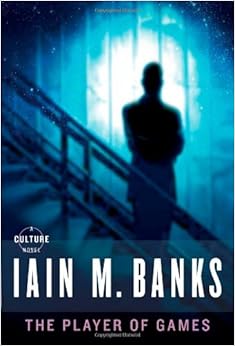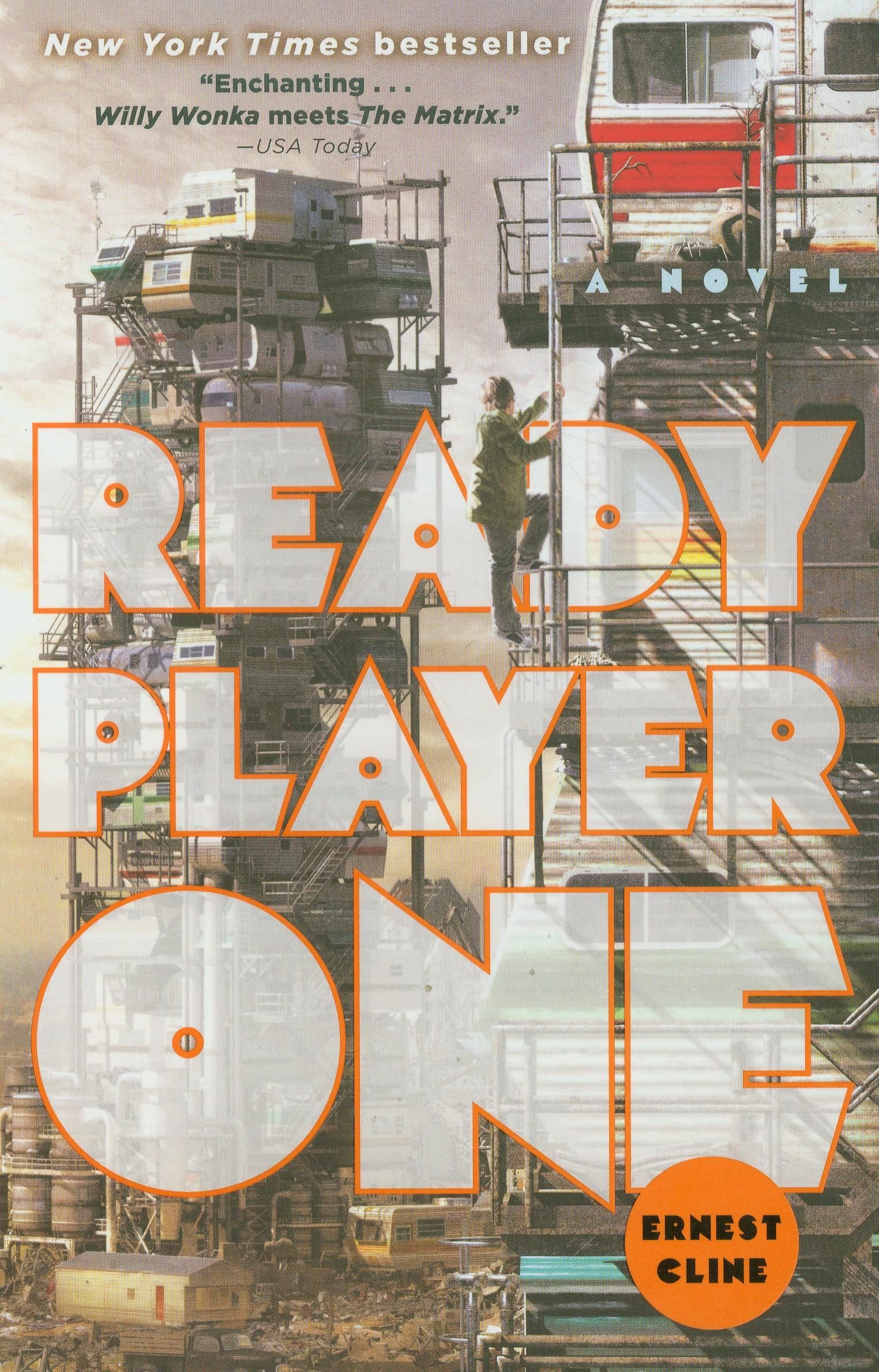Now reading Iain Banks' The Player of Games. It's from the Culture series, but fitting after finishing Ready Player One by Ernest Cline. Here's why.
At only 50 pages, the setting for Banks' book includes a massive space habitat (e.g.) in a highly advanced society where people are so wealthy that no one ever has to labor, there is no crime, and society completely surrounds itself in games. Board games, in particular, are of the highest culture. The study and mastery of games and "game theory" are considered intellectual pursuits.
Cline's book, on the other hand, is set on a crumbling Earth in the not-so-distant future, where games are the major form of interaction and escape from the brutality of real life. It's easy to get caught up in all of the pop-culture references that populate Ready Player One, but the book is more than its eighties aesthetic. It acknowledges that games are an important part of life, but that life is more than this.
The interesting contrast between these two books is that Banks used a romantic sci-fi setting, popular at the time that he wrote it, where the future can be a peaceful and leisurely utopia. (Of course, not all is well under the surface, and the protagonist is already beginning to rub up against the sharp edges of his reality.) Cline's book, on the other hand, uses a postmodern setting, popular at the time that he wrote it, to show that the future can be a harsh and cumbersome dystopia. (Of course, not all is terrible. There is still love and honor and romance.)
This contrast between the two actually creates a complementary relationship, a braid of narratives running counter to the primary position of their own setting. Each books play an inverse role to the mechanics of the other.

